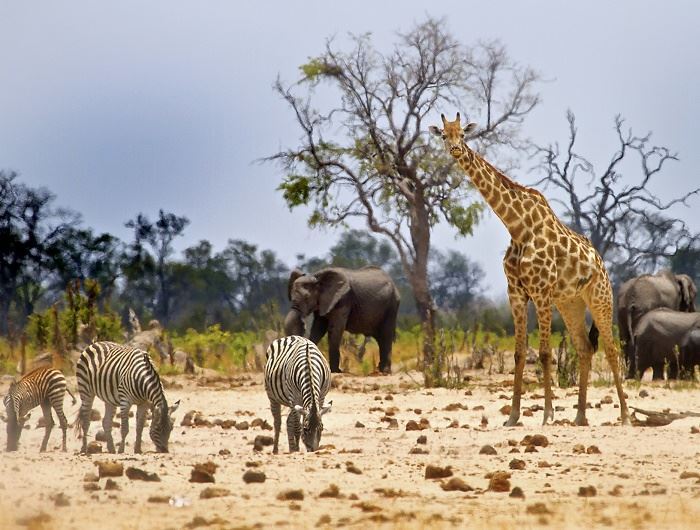Zimbabwean Culture
The vast majority of Zimbabwe's people stem from the great family of Bantu speaking migrants who first ventured east and south across Africa some 2000 years ago.
Iron makers and agriculturists they settled on the highveld, middleveld and around the eastern highlands of Zimbabwe.
Then they began the long process of establishing the distinctive Shona culture that is so much part of Zimbabwe today.
Their Bantu kin - the Zulu warriors of King Mzilikazi - did not arrive until the first half of the nineteenth century. They now form the Ndebele or Matebele, Zimbabwe's second largest community.
Despite their late arrival there are many cultural similarities between the two Bantu speaking communities, which together form an overwhelming majority.
Other minority ethnic groups include white Zimbabweans, mainly of British origin, and various Asian ethnic groups, mostly Indian and Chinese.
The people of Zimbabwe, the Zimbabweans, are predominantly of African ethnicity with almost 99.4 percent identifying as African and a scant 0.4 percent identifying as other. Of these, the Shona constitute the largest ethnic group with Ndebele being the second largest. Zimbabweans live in largely rural settlements with only 32.2 percent of the total population (2020 estimates) living in urban areas. The major urban area is the capital city, Harare, with a population of 1.52 million.
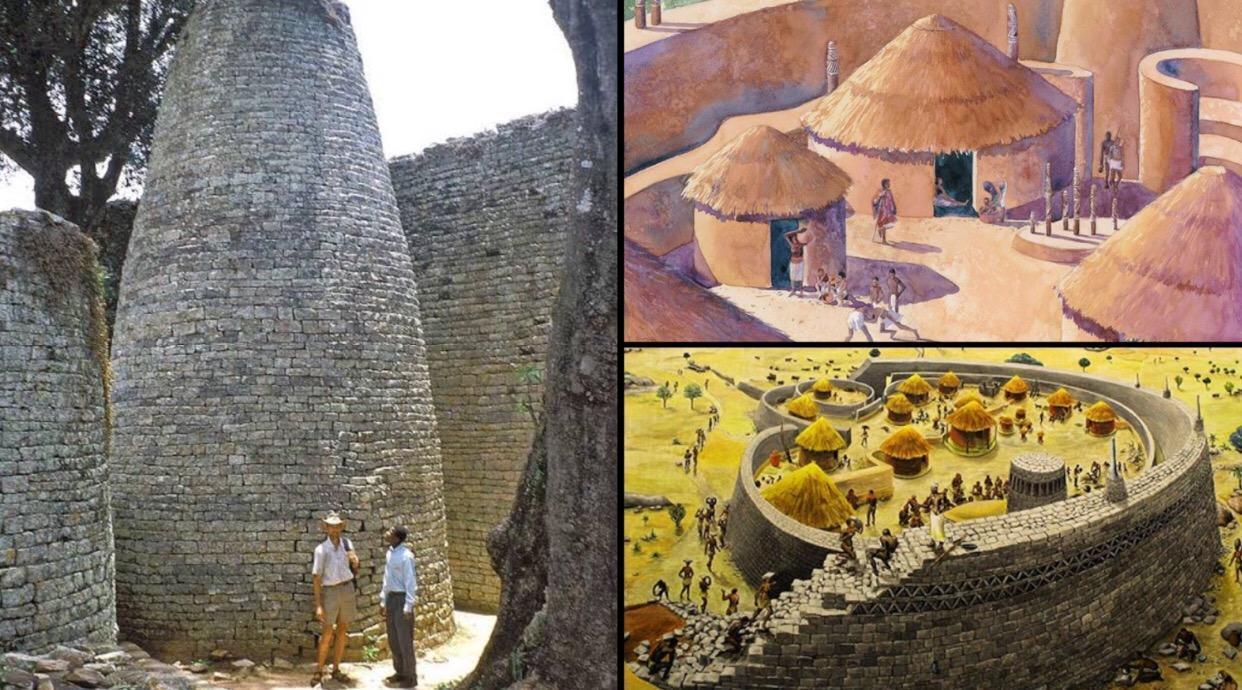
Around the 10th century, trade developed between the Mashona (Shona) and the Phoenicians. Through the period from the 11th century to the 15th century, descendants of the Shona speaking people are believed to have built the ruins of Great Zimbabwe.
These ruins of Ancient Zimbabwe are some of the oldest and largest structures located in Southern Africa, and are a truly remarkable sight to see.
At its peak, estimates are that the ruins of Great Zimbabwe had as many as 20 000 inhabitants. The ruins span 1,800 acres (7 km2) and cover a radius of 100 to 200 miles (160 to 320 km). The Great Zimbabwe ruins are built entirely of Stone. It was here that the iconic Zimbabwe Birds were found.
Marriages are customary or civil. Customary marriages are restricted to Black Zimbabweans and permit polygyny. They do not, however, permit divorce. Civil marriages are monogamous and do permit divorce. Among the Shona, Ndebele, Shangaan, and Venda ethnicities, inheritance is patrilineal, and in rural areas, the newly married couple takes up residence with the groom’s family. The Tonga people are matrilineal, and the newly married couple typically takes up residence with the bride’s family. Bride price is traditionally paid by the groom to the bride’s family and is a way of gaining “possession” of the bride and any offspring that might result from the union.
Men are considered the head of the household and are often the voice of authority and decision making in the household. Deference is paid to age, so the eldest male in a household often wields considerable influence over decisions. Infant and childcare is vested solely in the women in the household.
Roles are very gender oriented and while women and girls constitute 52 percent of the population, they are not proportionately represented in the commercial economy. Women and female children continue to be the ones fetching water for household use, with 84 percent of those doing so, over very long distances, being women and female children. Violence against women and children is also gendered, with women and female children being victims of sexual violence at home and at school while male children are usually victims of physical violence.
When it comes to food, tradition is also important as some taboos about food persist, while some have fallen out of favor. Eggs were thought to cause infertility in women and were to be avoided, a taboo less in practice these days. Those belonging to the Ndebele ethnicity avoid eating corn out of the season that it is harvested in. A lot of ethnic groups do not eat animals or plants that are on their family totem or that their family name is based/derived from.
The cuisine of Zimbabwe is rooted in traditions of African cuisine but tempered by influences of having been a British colony. Thus, unlike the cuisine of its neighbors that bear strong influences of Portuguese cuisine in the liberal use of chili peppers, Zimbabwean cuisine is less heavy on chili peppers and spices and rather mild in flavor. The popularity of tea and bread is another nod to its history as a British colony. The Portuguese influence is seen in the use of peanuts or peanut butter as an ingredient in some of the main dishes.
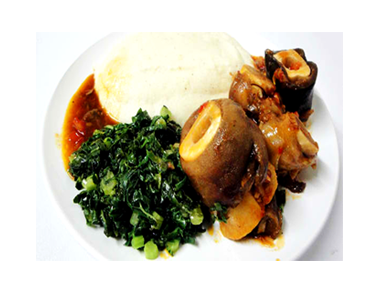
This is a stiff porridge, usually made from maize or corn meal. Although it does not have a very distinct taste of its own, most enjoy its texture. It also goes very well with most savory dishes made from vegetables, meat or fish.
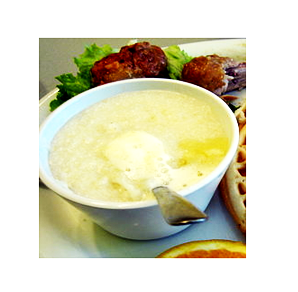
A more dilutant form of porridge is Bota. It is prepared without the extra cornmeal and normally seasoned with ingredients like butter, milk, peanut butter, or, on certain occasions, jam. Bota is normally consumed as breakfast.
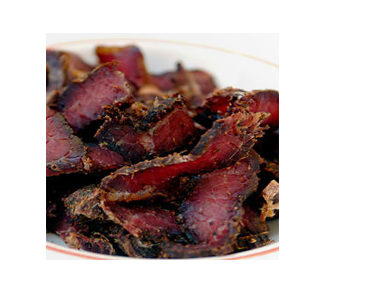
Biltong is made from strips of beef, or other meat, which are cured briefly in salt, marinaded in vinegar and then air-dried. The resulting dried meat, which is essentially raw, is used as a snack or cooked as part of a meal. It is typically dried out in the cold air (rural settings), cardboard or wooden boxes (urban) or climate-controlled cabinets or dry rooms (commercial).
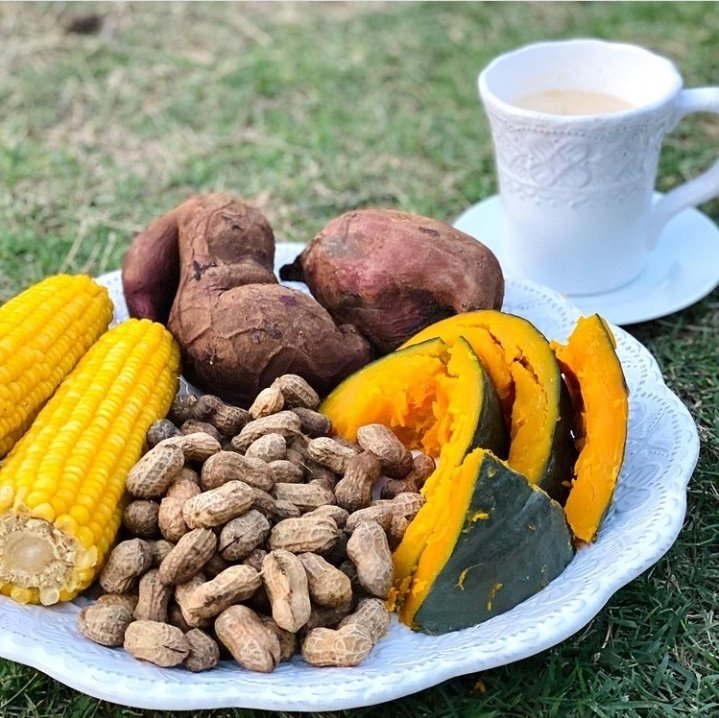
Maize are ZImbabwe`s staple food, they are prepared in various ways, they can be boiled, braaid and also dried then grinded to make mealie meal which is used to make sadza. Sometimes they are prepared for breakfast and saved with a cup of tea. Ground nuts are also very popular in Zimbabwe and are usually boiled and eaten as a snack or dried and grinded to make peanut butter that is usually used in preparing vegetables or meat. Another breakfast traditional meal is pumpkins and sweat potatoes they are usually boiled and saved for breakfast with a cup of tea. These meals are the traditional meals that most people in the rural areas eat and are very healthy as well as the most farmed crops in Zimbabwe.
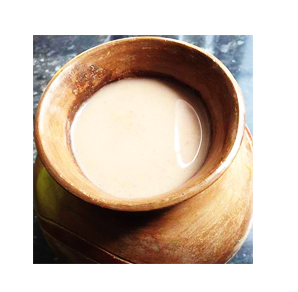
Mealie-meal is also used to make maheu, a common drink. This is thick, creamy and slightly gritty. With a naturally sour taste, it can be sweetened with sugar. Left to ferment, maheu becomes an alcoholic drink. Millet/sorghum beer, made locally by women, is another popular alcoholic beverage. Snacks such as fried cakes, potato chips and dried fruit are popular. And once again, maize proves its versatility. Roasted maize can be bought by travellers from street vendors and it is also used to make flavoured popcorn. See the video of the local factory making popcorn and maize snacks.
